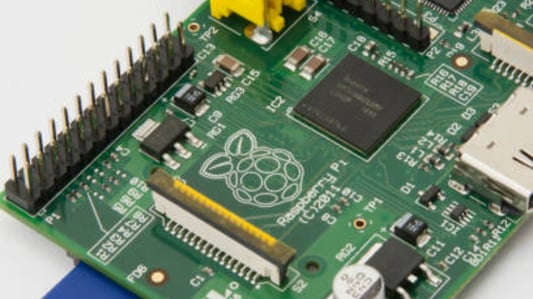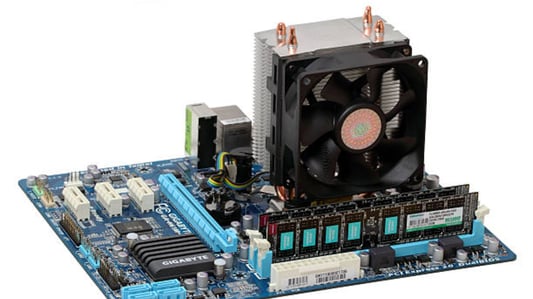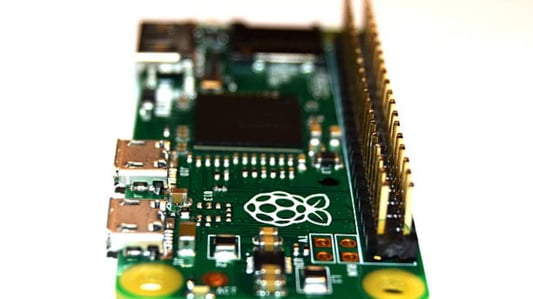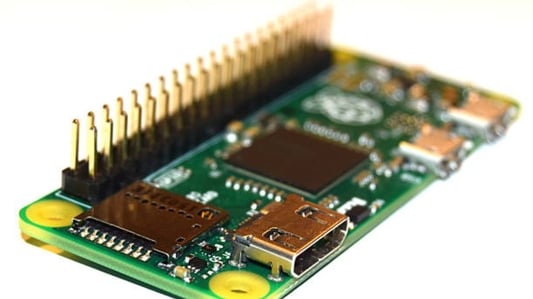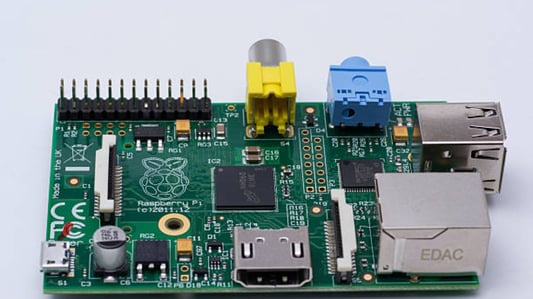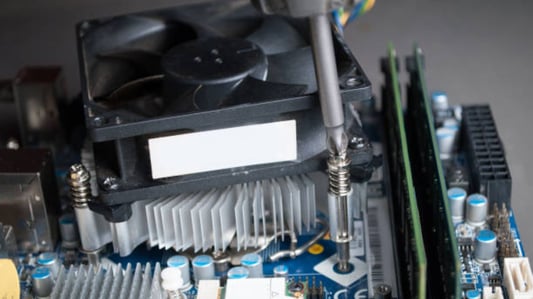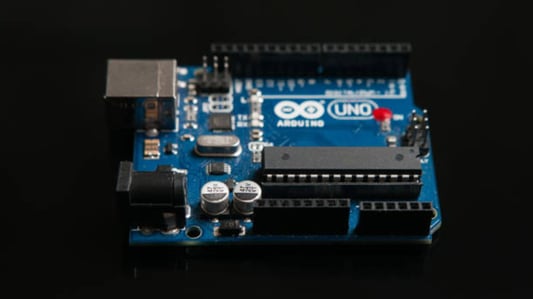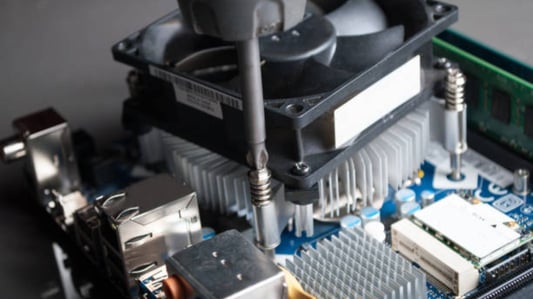What is a Heat Sink? Heat sinks are devices that are commonly used to dissipate heat from electronic components to prevent overheating. They are typically made of materials with high thermal conductivity, such as aluminum. Does Aluminum Have Good Thermal Conductivity? Aluminum is a popular choice for heat sinks due to its excellent thermal conductivity. It is lightweight, affordable, and can efficiently transfer heat away from electronic components. Aluminum vs. Copper Heat Sinks While copper is a better thermal conductor than aluminum, aluminum heat sinks are often preferred due to their lower cost and weight. Copper heat sinks are heavier and more expensive, making aluminum a practical choice for many applications. Benefits of Using Aluminum Heat Sinks Aluminum heat sinks are corrosion-resistant, making them suitable for a wide range of environments. They are also easy to manufacture and can be customized to meet specific design requirements. Efficiency of Aluminum Heat Sinks Aluminum heat sinks have a high surface area, allowing for efficient heat dissipation. This helps to maintain the optimal operating temperature of electronic components, prolonging their lifespan. Applications of Aluminum Heat Sinks Aluminum heat sinks are commonly used in electronic devices such as computers, LED lights, and power amplifiers. They are also found in automotive applications and industrial machinery. Factors to Consider When Choosing a Heat Sink When selecting a heat sink, factors such as thermal conductivity, size, weight, and cost should be taken into consideration. Aluminum heat sinks are a versatile option that can meet the requirements of many applications. Design Considerations for Aluminum Heat Sinks The design of an aluminum heat sink plays a crucial role in its effectiveness. Factors such as fin design, surface treatment, and mounting method can impact the overall thermal performance of the heat sink. Overall Performance of Aluminum Heat Sinks In conclusion, aluminum heat sinks are a practical and cost-effective solution for heat dissipation in electronic devices. Their excellent thermal conductivity, lightweight nature, and corrosion resistance make them a popular choice among design engineers. Final Verdict: Does aluminum make a good heat sink?? Yes, aluminum makes a good heat sink due to its favorable combination of thermal conductivity, affordability, and versatility. It is an excellent choice for a wide range of applications where efficient heat dissipation is needed. Quote InquiryContact us!


